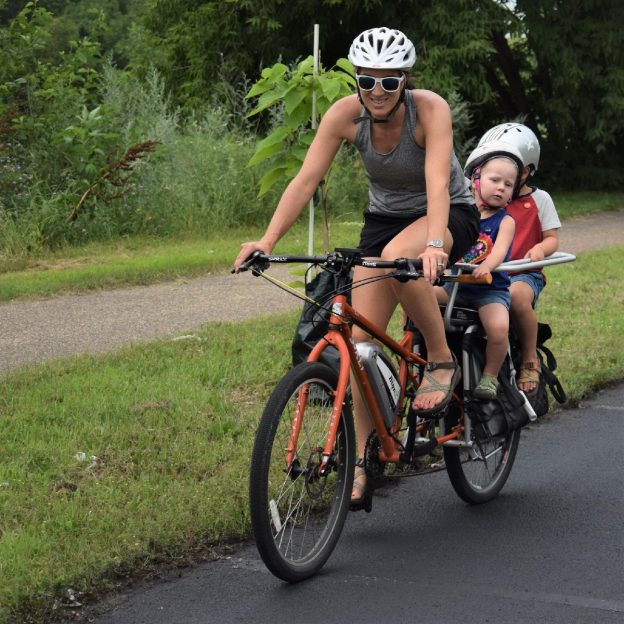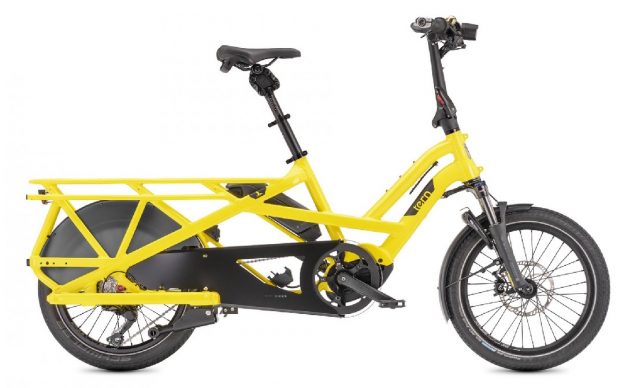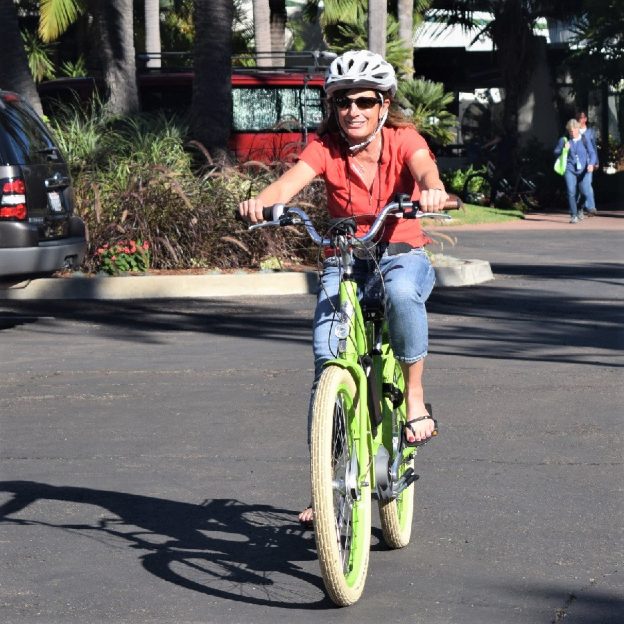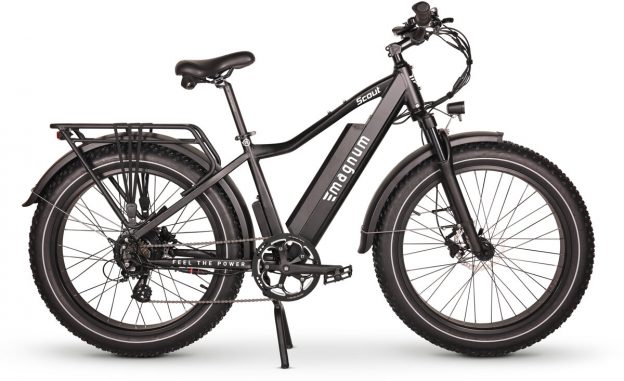Category: E-bike Tips
-

For added security e-bike insurance is a wise add-on
If you have recently purchased or looking at buying an electric assist bike, e-bike insurance is a wise consideration. First, check your car, renter’s, or homeowners insurance and see if the e-bike can be bundled into your existing policy. If not, look at an insurance company that often covers theft and collision protection, similar to…
-

What’s an e-bike battery’s range and its life cycled?
Estimating the distance your e-bike can travel per charge is called range. This is an important specification to pay attention to when comparing a specific e-bike battery with your desired riding style. For example, if your commute involves steep climbs, you don’t want to run the battery low halfway up the hill. Without power (volts),…
-

What are the different types and speeds of e-bikes?
Referred to by most as an e-bike, an electric assist bicycle refers to a motorized version of the traditional bike. With three general classifications, the speeds of e-bikes vary. Compared to a regular bicycle, which relies totally on your pedal power. The electric motor assists your pedaling efforts allowing you to go farther using less…
-

What you need to know if considering e-bike financing
Now that you have selected an electric assist bike, you may want to know if e-bike financing is an option. And should you finance all or part of the purchase to get the right bike that will fit your needs over the next two to five years? With the growing popularity of electric bikes, many…
-

Why are there so many variables to pedal-assist e-bike costs?
You may want to compare all kinds of features and components when looking at an e-bikes cost. First, consider the style of the e-bike you like. Will the bike help fulfill your transportation needs to justify the investment. Next, are there options for the battery and motor size, the warranty, and the weight? With that…
-

E-bike assistance after hip or knee surgery
Recovering from hip or knee surgery can be fun when adding an electric-assist bike to the post-rehab process. After my second hip replacement and talking to others with hip or knee procedures, an e-bike can make the rehab process easier. Helping to achieve full-joint motion and an active lifestyle after surgery. Especially with the improvements…
-

E-bike-maintenance, and what if it needs a repair?
Just like a regular bicycle, doing an ABC (Air, Brake & Chain) check regularly can help you avoid any unnecessary repairs and maximize your e-bike investment. E-bikes aren’t a one-and-done kind of purchase. You’ll need to consider the maintenance costs or have a good warranty because repairs can a shocker.
-

What is the e-bike weight limit, and what do they weigh?
The e-bike weight most manufacturers recommend is a maximum combined weight of around 275 pounds for a rider, gear, or cargo on the bike. Though cargo bikes are meant to carry people and big loads these bikes can accommodate riders + gear up to 400 pounds or more. Typically, e-bikes can handle total weights more…
-

e-fat bikes can provide winter sports enthusiasts a fun alternative
From ice adventures, getting out to an ice fishing hot spot using e-fat bikes can extend the winter fishing season or other shoulder season outdoor activities. These are topics the “godfather of ice-fishing,” Minnesota native, Dave Genz will cover at the E-Bike Challenge Minneapolis, this weekend.

